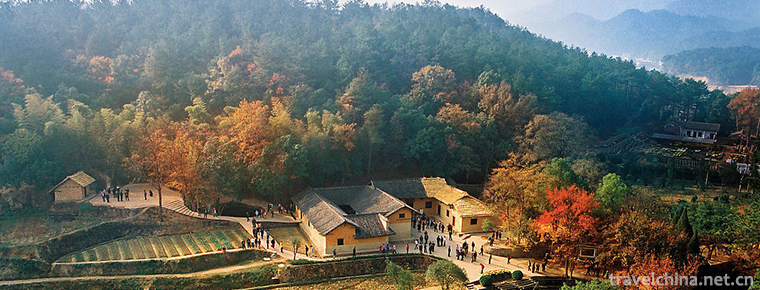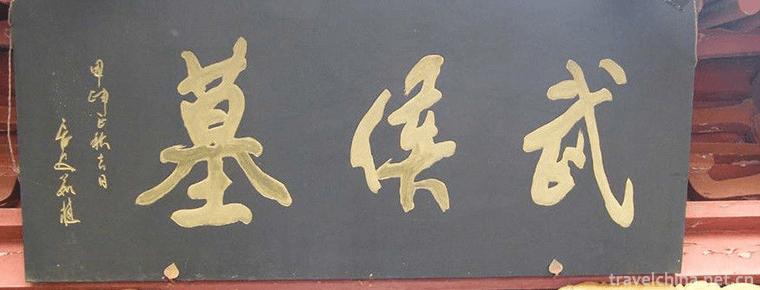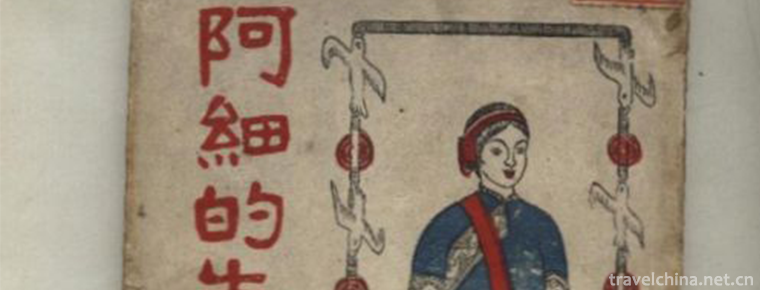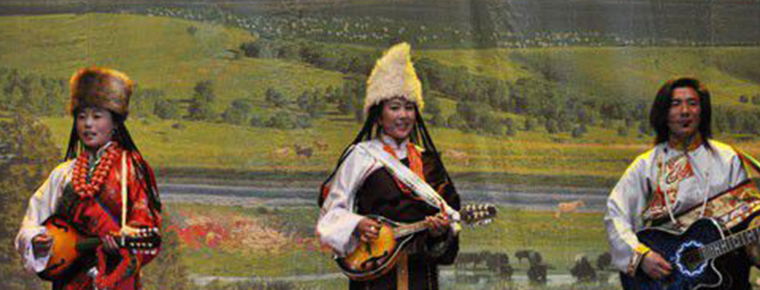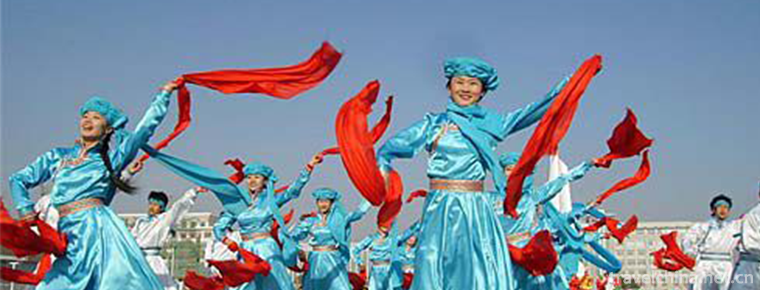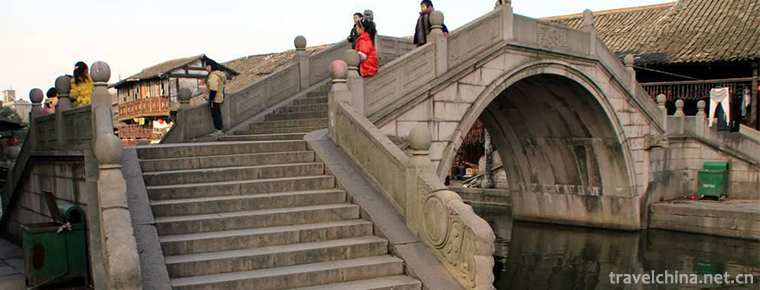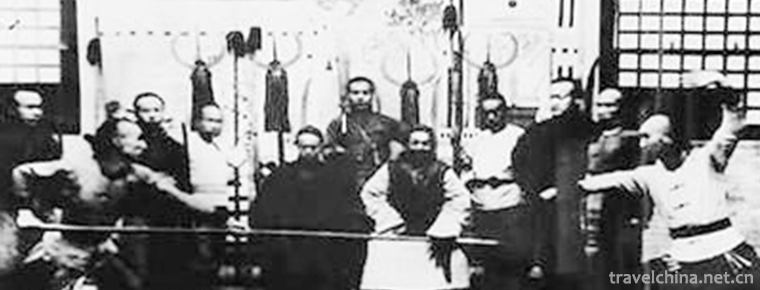Administrative division of Luzhou
Administrative division of Luzhou
In 1949, the southern Sichuan District Committee of the CPC was established in Zigong. In January 1950, the southern Sichuan district was transferred to Luxian County, and the people's Administrative Office of South Sichuan was set up (provincial level, abolished in August 1952). On December 1, 1949, Xuyong was liberated; Gulin was liberated on 2nd; and Luxian, Hejiang and Naxi were liberated on 3rd. On May 5, the people's Liberation Committee of Luxian county was established to carry out the daily work of the county government. On the 13th, the Luxian County Committee of the CPC and the people's Government of Luxian county were established.
On January 17, 1950, Luxian county was set up, which governed eight counties, namely Luxian County, Naxi County, Hejiang County, Longchang County, Fushun County, Xuyong County, Gulin county and Ancient Song Dynasty.
In December 1949, Luxian county administrative inspector's office was set up. In September 1950, it was renamed Luxian County Commissioner's office, which belongs to the southern Sichuan administrative region. On July 10, with the approval of the Central People's government, Luzhou city was established in Luxian county. At the end of the same month, Luzhou municipal Party committee was established, and Luzhou Municipal People's government was officially established on August 15. Luxian County Office is located in Luzhou City, which governs Luxian county (small towns in Luzhou City), Hejiang County, Gulin County, Xuyong County, Gusong County, Naxi County, Fushun County and Longchang County.
In March 1952, Luxian County special office moved to Longchang County, renamed Longchang District, and later under the leadership of Sichuan Province. After the special office moved to Luzhou in December of the same year, it was renamed Luzhou special area. Luzhou City, originally under the jurisdiction of the southern Sichuan Administrative Bureau, is under the jurisdiction of Luzhou district. It has jurisdiction over 1 city and 8 counties. In 1952, the enclave of Shuitian Township in Weixin County of Yunnan Province was transferred to Gulin County of Sichuan Province.
On January 12, 1953, Luzhou city was put under the leadership of Luzhou special office and was the seat of the Commission. (in 1953, Luzhou city was changed into a provincial city, and Luzhou special agency was entrusted to manage it.)
In 1960, the Ancient Song County was abolished and merged into Xuyong county. On July 14, the State Council approved the cancellation of Luzhou special area, and the cities and counties under it were included in Yibin special area.
On March 3, 1983, the State Council approved the establishment of Luzhou City under the jurisdiction of the province, and under the jurisdiction of Shizhong District, Luxian County, Naxi county and Hejiang county.
On June 4, 1985, the State Council decided to put Xuyong county and Gulin County under the jurisdiction of Luzhou city.
On July 1, 1996, the administrative division of Luzhou city was adjusted. Jiangyang District, Longmatan District, Naxi district and Luxian County, Hejiang County, Xuyong county and Gulin county were set up. The municipal government was located in dashanping, Jiangyang District, Luzhou city.
By the end of 2018, the city has 10 townships, 111 towns and 23 sub district offices. Among the 10 townships, there are 8 minority townships, including 6 Miao townships and 2 Yi townships.
In March 2018, the provincial people's Government approved Longmatan district to cancel texing town and set up texing sub district office; Gulin County abolished Guihua Township and Huangjing Township and established Guihua Town and Huangjing Town, and Shuikou Town was renamed Maoxi town. The administrative area of the whole city is 12232.34 square kilometers.

Administrative division of Luzhou
-
Mao Zedongs former Residence
Comrade Mao Zedong's former residence is located in Shaoshan Village, Shaoshan Township, Shaoshan City, Hunan Province. It is located in the South and north of Shaoshan Village
Views: 184 Time 2019-02-07 -
The Ming Toms
The Obvious Tomb is located on Chunde Mountain, 5 kilometers northeast of Zhongxiang City, Hubei Province. It was built in 1519 in Zhengde, Ming Dynasty. It was built in 1566 in Jiajing
Views: 171 Time 2019-02-07 -
Wuhou Tomb Scenic Area
The Tomb of Marquis Wu is the tomb of Zhuge Liang, a famous statesman and militarist in the Three Kingdoms Period. It is located at the foot of the ancient battlefield of Dingjunshan
Views: 195 Time 2019-02-24 -
Ah Xi Xian Ji
"Xianji" is an epic of the Ashi people of the Yi tribe, which is spread orally among the Ashi people in the Xishan area of Maile City, Yunnan Province. "Xianji" is the transliterat
Views: 208 Time 2019-03-28 -
Zamuni of Tibetan Nationality Playing and Singing
"Zamuni" is also called the Six Stringed Orchestra, a traditional Tibetan plucked instrument. Mainly spread in Lhasa, Shannan, Ali, Lazi (Bahir), Sakya, Angren, Dingri and other places
Views: 142 Time 2019-04-15 -
Andai Dance of Mongolian Nationality
Andai Dance originated from the Kulun Banner. According to textual research, Andai Dance was formed in the late Ming and early Qing Dynasty. At that time, the Kulun system was "the unity of polit
Views: 162 Time 2019-06-03 -
Construction Techniques of Stone Bridge
Shaoxing's ancient bridge construction techniques can be traced back to the Spring and Autumn Period and the Warring States Period. To the Han Dynasty, the stone arch bridge construction techniques be
Views: 235 Time 2019-06-15 -
Xingtai plum blossom boxing
Plum Blossom Boxing is also called Plum Blossom Pile and Plum Blossom Boxing. One of the traditional Chinese martial arts. For the convenience of drilling, drilling on the ground is more extensive, kn
Views: 177 Time 2019-07-08 -
Xingyiquan
Xingyiquan, also known as Xingyiquan, is one of the traditional Chinese boxing. Although there are different opinions on its origin, Ji Jike (1602-1680), a native of Puzhou, Shanxi Province, was widel
Views: 156 Time 2019-07-08 -
Zhenba Folk Song
Zhenba folk song is a huge cultural wealth created and accumulated by Zhenba people for thousands of years, and it is an important component of Zhenba regional culture. Zhenba folk songs are very rich
Views: 194 Time 2019-07-25 -
Health preservation in traditional Chinese medicine
Health preservation in traditional Chinese medicine refers to a kind of medical activity that can prolong life by taking care of life, strengthening physique and preventing diseases in various ways. H
Views: 254 Time 2019-08-03 -
Leshan landform
Leshan City is located in the transition zone from Sichuan basin to southwest mountainous area. The overall trend is high in Southwest China and low in Northeast China. The highest point is the main peak of Ma'anshan in Ebian Yi Autonomous County, with an altitude
Views: 391 Time 2020-12-17
